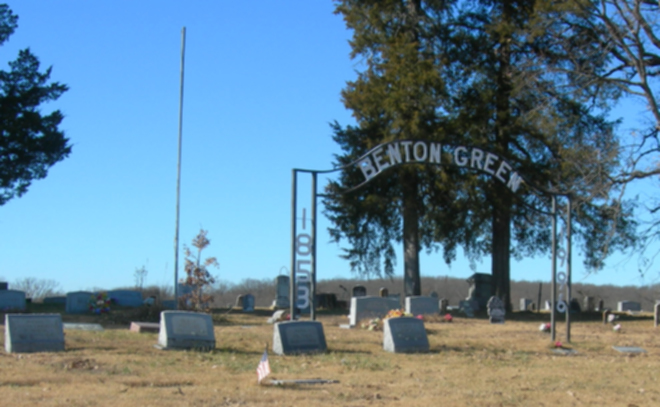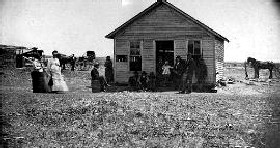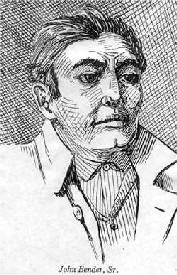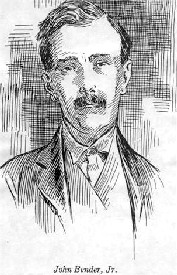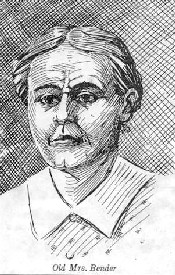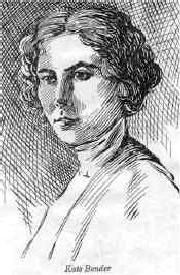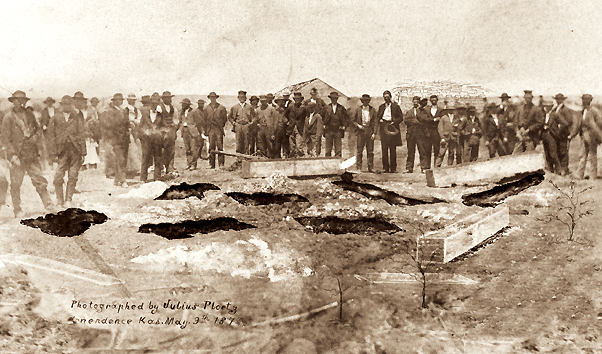Thanks, AL. I would have thought others would chime in as well, I thought that was a good accounting of the story. The writer quoted oftenest, Chuck Parsons, is one of the top 'Texas in the old west' historians still above ground. The article I quoted from was from "The Texas Ranger Dispatch" Winter, 2010.
Really had a blast talking with you this afternoon. May 1992, pg. 24 G&A. The search begins.

|
   
   
|


|







